How can I crop images that looks like this and save as 3 different images?
The issue is that images are different in size and non-proportional, so I want to make a code that dynamically cuts black borders but not the black part which is inside the picture.
Here is the desired outcome:
Below is the sample code I've made which works only for one specific image.
from PIL import Image
im = Image.open(r"image.jpg")
# Setting the points for cropped image1
# im1 = im.crop((left, top, right, bottom))
im1 = im.crop((...))
im2 = im.crop((...))
im3 = im.crop((...))
im1 = im1.save(r"image1.jpg")
im2 = im2.save(r"image2.jpg")
im3 = im3.save(r"image3.jpg")
